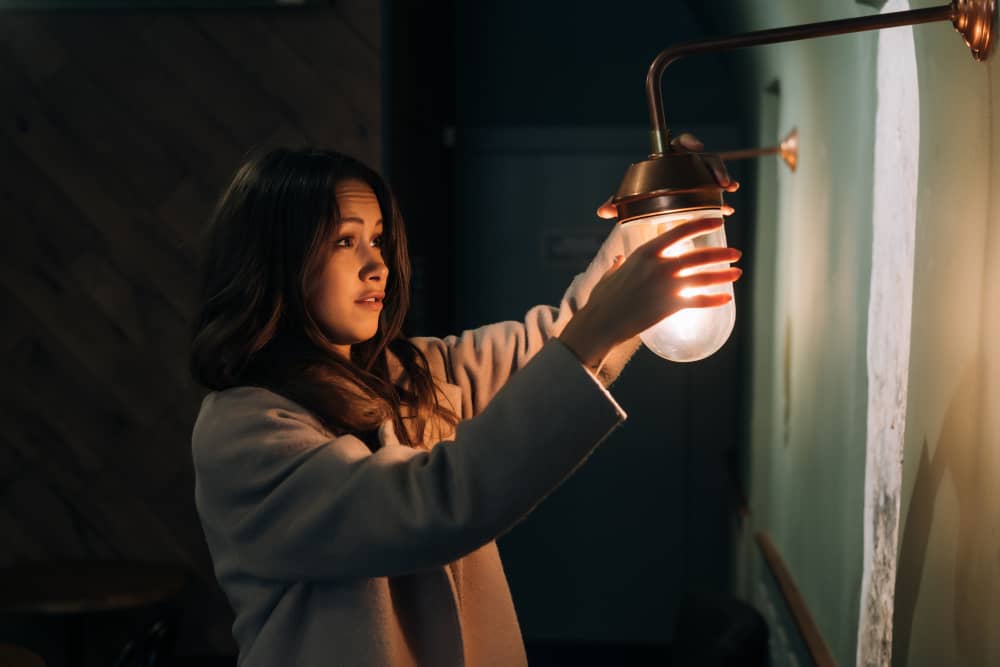Understanding Domestic Electrical Issues: Practical Insights for Every Homeowner

Welcome to a practical guide on tackling common electrical problems in your home. Electricity is a fundamental part of our daily lives, powering everything from our kitchen appliances to our entertainment systems. Yet, when things go wrong, it can not only be inconvenient but also hazardous. This post is dedicated to helping you understand and address some of the most frequent electrical issues you might encounter in your domestic setting. We’ll break down each problem in simple terms, avoiding technical jargon, to provide you with easy-to-follow advice. Whether you’re a DIY enthusiast or someone who prefers to call in the experts, this guide aims to equip you with the knowledge to handle these challenges with confidence.
Frequent Circuit Breaker Tripping
One common issue in domestic electrical systems is the frequent tripping of circuit breakers. Circuit breakers are designed to protect your home by cutting off the electrical supply when they detect a fault or an overload. If you find that your circuit breakers are tripping regularly, it could be a sign of overloading circuits or a fault in one of your appliances. To address this, first, check if too many high-power devices are operating on the same circuit. Spreading these devices across different circuits can often solve the problem. However, if the issue persists, it might indicate a more serious problem, such as a short circuit, which would require professional assessment.
Flickering or Dimming Lights
Another frequent concern in domestic electrical settings is the flickering or dimming of lights. This can be not only annoying but also an indicator of potential electrical issues. Often, this problem is caused by loose or outdated wiring, a problem with the fixture itself, or an overloaded circuit. Simple fixes can include tightening the bulbs or checking the fixture connections. However, if these actions don’t resolve the issue, it might be time to consult an electrician. Flickering lights can sometimes point to a more significant wiring problem that poses a safety risk.
Dead Outlets
A surprisingly common issue in many homes is the presence of dead outlets – power outlets that no longer function. This can occur due to various reasons, such as a tripped breaker, a bad connection, or a fault in the outlet itself. To troubleshoot, first, check if other outlets on the same circuit are working. If they are not, the problem might be with the circuit breaker. Resetting the breaker can often restore power. If only one outlet is affected, however, it could be that the outlet itself has failed and needs replacement.
Unexpected Power Surges
Power surges are sudden, brief spikes in your home’s electrical current that can damage electronics and appliances. These surges can be caused by external factors like lightning strikes or internal issues within your home’s electrical system. To mitigate the risk of damage from power surges, it’s advisable to use surge protectors for your electronic devices. However, if you’re experiencing frequent surges, it could indicate a deeper problem in your domestic electrical system, such as faulty wiring or issues with your service line. In such cases, it’s best to seek professional help to ensure your safety and the integrity of your electrical system. For more details visit us at https://www.lintonelectric.co.uk/.
Electrical Shocks
Experiencing a mild shock when touching an appliance can be both alarming and a sign of electrical problems in your home. These shocks often occur due to grounding issues or faulty appliances. To address this, start by checking if the shock occurs with a specific appliance or at a particular outlet. If it’s an appliance issue, avoid using it until it can be repaired or replaced. For shocks related to outlets, it’s crucial to have an electrician inspect your domestic electrical system, as this could be a sign of a serious grounding problem or other safety hazards.
High Electricity Bills
Unexpectedly high electricity bills can indicate hidden issues with your domestic electrical system. This may be due to leakages in the electrical system, inefficient appliances, or devices that consume more power than they should. To tackle this issue, consider conducting an energy audit of your home. You can start by identifying and unplugging devices that aren’t used frequently. Also, consider upgrading to energy-efficient appliances. If the high bills persist, it may be worth having an electrician check for electrical leaks or other inefficiencies in your system.
Conclusion
Navigating the world of domestic electrical issues can be daunting, but understanding the common problems and their solutions can empower you as a homeowner. From flickering lights to unexpected power surges, each issue has its nuances and requires a specific approach. Remember, while some problems can be solved with simple DIY fixes, others demand the expertise of a professional electrician. Prioritize safety and don’t hesitate to seek professional advice when needed. By staying informed and proactive, you can ensure that your home remains a safe and comfortable environment, free from electrical worries.
Read More:
Domestic Electrical Installation
Let us know how our electrical services be helpful with your unique needs
Related Posts

Your Trusty Local Emergency Electrician in London

How Your Local Electric Company Fuels Community Growth
About Us
Lorem ipsum dolor sit amet, consectetur adipiscing elit. Phasellus pharetra pretium leo, sed lacinia nulla. Quisque iaculis, lectus sed eleifend vehicula, mi elit facilisis purus, vitae ornare magna elit non quam.
